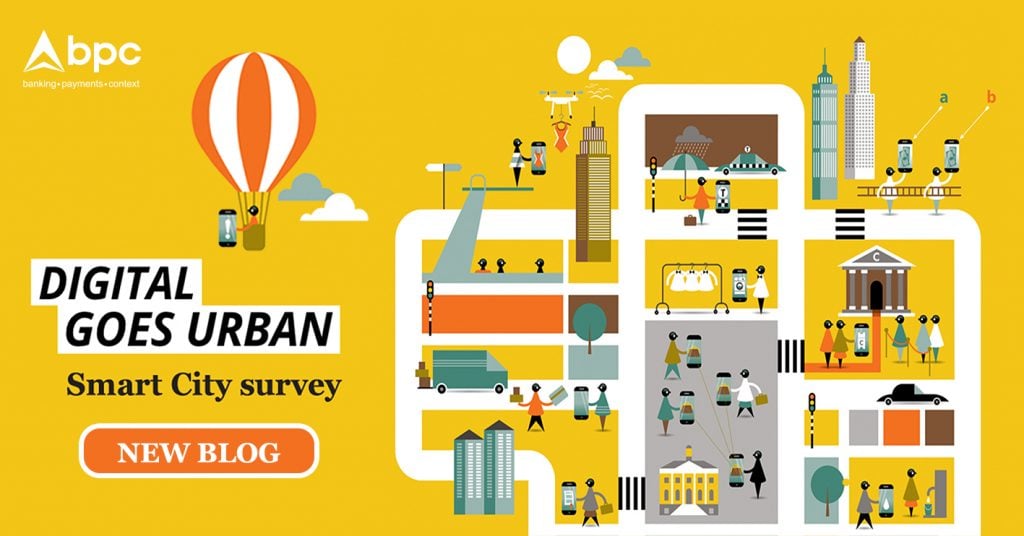Why payment technologies are one of the main drivers of making a city smarter

Experience seamless, efficient and customizable ATM management
End-to-end, secure, and integrative payment solutions
A white-label, user-friendly platform for secure, versatile payment solutions
Engaging employees to learn, improve and master BPC solutions
Robust fraud detection, risk-based authentication, and multi-institutional security
Streamlining payments and enhancing merchant experiences with seamless solutions
Streamlining and securing multi-network transactions while enhancing efficiency
Deliver hyper-personalized experiences with BPC AI
Operate seamlessly with large data sets, source documents, and generate insightful reports with BPC AI Virtual Assistant.
From enabling banks to enabling banking
The building blocks for next gen banking delivered today
Global banking fit for local needs
Stack to Service - white label payment excellence
More and Better Together
Mass transit the personal way
Enhancing the real life of citizens
Mass transit the personal way
Connecting payment rails to the last mile
Creating relevant industry-led ecosystems
Integrate our APIs on your apps.
The latest developer docs, including tutorials, sample code, and API reference.
Experience seamless, efficient and customizable ATM management
End-to-end, secure, and integrative payment solutions
A white-label, user-friendly platform for secure, versatile payment solutions
Engaging employees to learn, improve and master BPC solutions
Robust fraud detection, risk-based authentication, and multi-institutional security
Streamlining payments and enhancing merchant experiences with seamless solutions
Streamlining and securing multi-network transactions while enhancing efficiency
Deliver hyper-personalized experiences with BPC AI
Operate seamlessly with large data sets, source documents, and generate insightful reports with BPC AI Virtual Assistant.
From enabling banks to enabling banking
The building blocks for next gen banking delivered today
Global banking fit for local needs
Stack to Service - white label payment excellence
More and Better Together
Mass transit the personal way
Enhancing the real life of citizens
Mass transit the personal way
Connecting payment rails to the last mile
Creating relevant industry-led ecosystems
Integrate our APIs on your apps.
The latest developer docs, including tutorials, sample code, and API reference.

High-speed rail, smart parking or self-driving cars – cities are getting increasingly smarter, advancing the way citizens live, work, and commute.
If there is one element that drives the success of a smart city ecosystem, it’s a well-oiled payments engine. If a city seeks to become smarter and thus improve the lives of its citizens, payment technologies should play a crucial role.
Early 2019 BPC, together with the Young Advisory Group, published the Smart City Survey, looking into the ways smart city ecosystems improve the everyday lives of citizens. One of the clearest messages from the survey was that payment technologies are one of the main engines that helps smart city elements cohere and succeed.
Many cities start their smart cities journey by focusing on improving mobility and making it more efficient. One way to do that is by automating fare collection. A trajectory that has proven how intertwined the two areas are, is the Octopus pass in Hong Kong. It started off as a transit pass in 1997. Today it serves as a passport to daily life for 7.4 million users, also offering small value retail payments, tunnel tolls, parking, physical access to residential and commercial buildings and support for facilities in schools and kiosks.
In our experience, automated fare collection provides a huge convenience boost to citizens when in transit, because they no longer waste time on determining the best fares or having to top up their tickets. Nor do they have to worry about buying separate tickets.
Value fares are calculated automatically and aggregated by the backend system.
It’s this open loop approach that is being largely adopted across many cities, using BPC’s automated fare collection technology. Over 70 cities have adopted the system, collecting at least 30 million transactions monthly. Some are only using it for AFC. Others are extending it to other services and are using the technology to ease services for students as well. What is particularly interesting about the service, is that it is not being provided by individual transit operators, but by a major bank, working in partnership with BPC.
The reason why a big bank is getting involved, is because it boosts their reach into the area of low value payments. It allows them to move away from cash, increases the use of bank accounts on a daily basis and helps drive financial inclusion.
There is a considerable cost and effort saving for the transit operators too, both in terms of initial investment in smart ticketing and in daily running of ticketing provision. They also benefit from the efficiencies that come from an increase in data that allows for more accurate service planning and provision. And for the cities, there is now the potential for expansion into a broader smart city ecosystem approach.
Integrating payment technologies in the area of mobility is just one step towards making cities smarter. There are many other ways e-payments can add value to a certain service. The RotterdamPas and U-pass programmes in the Netherlands, which allow participants to spend funds on defined services, are examples worth highlighting as well.
What all of these successful projects have in common is that they avoid the trap that some early smart city initiatives fell into. Rather than attempting to define a grand vision and doing it all at once, these projects start incrementally with a MVP based approach.
Payments and mobility are the ideal candidates for this type of quick win. Change is difficult for many people. So starting with services that provide immediate benefits or that people already use on a daily basis surely makes sense.
 If you want to learn more about how payment technologies can boost access to digital (financial) services, and thus boost financial inclusion, download our report.
If you want to learn more about how payment technologies can boost access to digital (financial) services, and thus boost financial inclusion, download our report.